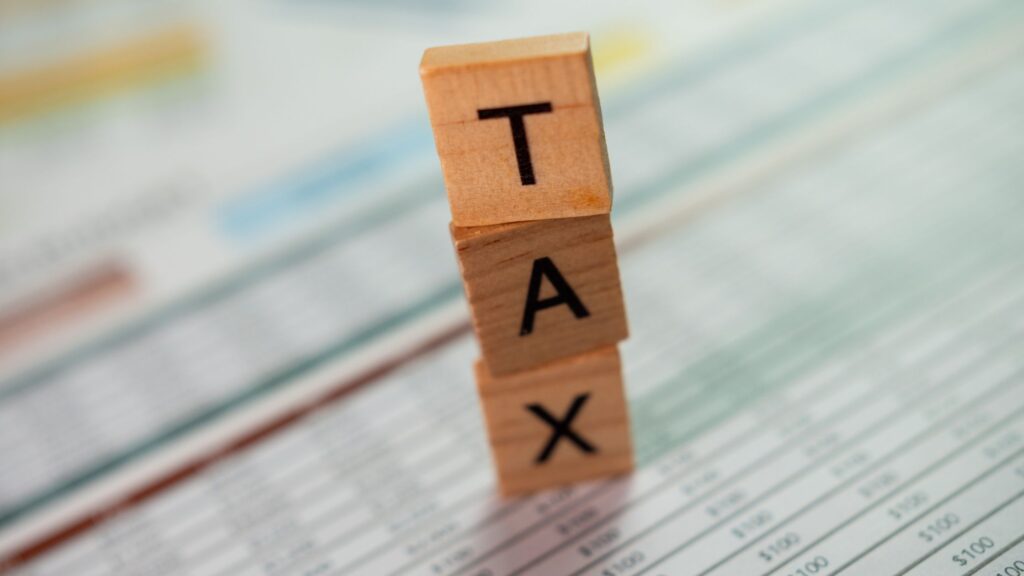
You may own a huge restaurant, sell things online, work as a freelance photographer, or run a medical clinic. However, as far as the government is concerned, you are just an independent contractor. Additionally, every Indian citizen, whether or not they work for themselves, who makes more than ₹2.5 lakh in revenue annually, must pay income tax towards the government.
For self-employed individuals, however, filing process an income tax return (ITR) and paying self employment tax percentage is more complicated than it is for those with regular jobs. This is because they lack an HR department to determine their taxable income. After that, they file their income tax returns with the government. The formalities are their responsibility to handle on their own.
Because of this, you need to be aware of the Income Tax Act of 1961’s regulations on self-employment taxes and make plans appropriately.
Table of Contents
ToggleWho is Considered Self-Employed?
You must first ascertain who, following the Income Tax Act, is a self-employed taxpayer. Varied categories of self employment tax percentage have varied ITR filing requirements.
Sellers who do not have a long-term contract having an employer but sell their goods or services are considered self-employed assessees. According to the Income Tax Act, a self-employed person is someone who earns money from their own company or profession.
Some typical examples of self-employed names include:
- Doctor
- Trader
- Author
- Shopkeeper
- Dancer
- Painter
- Auditor
- Designer
- Lawyer
- Astrologer
Remember that to be considered self-employed, a professional must own their own company or practice. For instance, a lawyer practising law or a doctor with his clinic. According to the self-employed income tax regulations, you might need to file your ITR annually if you fit into any of the aforementioned groups.

Tax Filing Under the Presumptive Taxation (self employment tax percentage) Scheme
Self-employed assessees can file their income tax returns under the presumptive taxation scheme, which is available only under section 44D of the Income Tax Act. The annual turnover must be below ₹2 crores for tax filing (under this scheme). Business owners’ minimum income is 8% of their gross receipts, while professionals’ minimum income is 50%. The taxable income for business owners and the income tax they are liable to pay are calculated based on these percentages.
Tax Filing Under the Real Profit Scheme
To compute self-employed tax in India, deduct all expenses from your annual income and calculate the tax on your real profit. You can claim deductions for regular expenses, interest paid on business loans, insurance premiums, employee wages, internet and telephone bills, and travel costs. Proof of all deductions or expenses must be submitted. Maintaining an account book of your business is required, and if your annual income exceeds ₹50 Lakh, a Chartered Accountant (CA) must audit your account book. If your business’s annual turnover is over ₹2 crores, filing your ITR is the only option.
How much is self employment tax percentage? What’s the self-employment tax rate for 2024?
Your net earnings, or your profit or loss after company deductions, determine how much self-employment tax you must pay. This is not a predetermined amount. The rate of self-employment tax is 15.3% for the 2023 tax year. 12.4% Social Security tax and 2.9% Medicare tax make up the rate.
The first $160,200 of net self-employment earnings is subject to Social Security taxes in 2023. That sum represents the first $168,800 of 2024 taxes.
Any net earnings from self-employment that are over $400 are liable to self-employment tax. If your net income is more than the $200,000 barrier for single taxpayers and the $250,000 threshold for joint filers, you may additionally be subject to an extra 0.9% Medicare self employment tax percentage.
How to calculate self-employment tax
To calculate self-employment tax, first determine your net earnings from self-employment, including freelance work, gig economy jobs, or your business.You may utilize the net profit figure on Schedule C if you file it. Multiply your net earnings by 92.35%, ensuring that you only pay self-employment tax on 92.35% of your net earnings. This is because employees pay half of Social Security and Medicare taxes or 7.65% of their total wage income.
To calculate the Social Security portion, multiply the smaller of step two or $160,200 by the current Social Security tax rate, 12.4%. To calculate the Medicare portion, multiply the result from step two by the current Medicare tax rate, 2.9%. Medicare taxes are not subject to an income ceiling.
- An example of calculating self-employment taxes
Add the Social Security and Medicare portions to get your self employment tax percentage. For example, if Sal makes $50,000 in net earnings from his rideshare job, he needs to calculate self-employment taxes for the tax year. The total self-employment tax is $7,064.78.
How to File a Self-Employed ITR (self employment tax percentage)?
Self-employed assessors can file their annual ITR using either the ITR-4 or ITR-4S form, depending on the presumptive taxation scheme. The deadline for filing is July 31st, and failure to do so can result in a penalty of up to ₹10,000.
To stay on top of self-employment tax obligations, use online tax software or consult tax professionals. Freedomfolio offers tax software for side businesses, Online Deluxe for non-business expenses, and Self-Employed for business expenses. Advisors, a team of small business-certified tax professionals, can help with self-employment taxes and other small business tax issues. Additionally, a tax calculator can be used to determine if a refund is available for W-2 vs. 1099 workers. Using these resources can help assess your self-employment tax obligations and ensure a smooth business operation.

Surcharge
Tax Surcharge of self employment tax percentage for Income Over INR 50 Lakhs
- Surcharge @ 10% of taxable liability over and above tax payable.
- Surcharge for total income over INR 1 crore: 15% of calculated tax liability.
- Surcharge for firms and limited liability partnerships: 30% up to INR 1 crore, 12% above INR 1 crore.
- Surcharge for domestic companies: 7% over INR 1 crore, 12% over INR 10 crore.
Conclusion
Make sure you submit your annual self-employed self employment tax percentage return before the deadline. Make sure you correctly compute your self-employed taxes as well.




